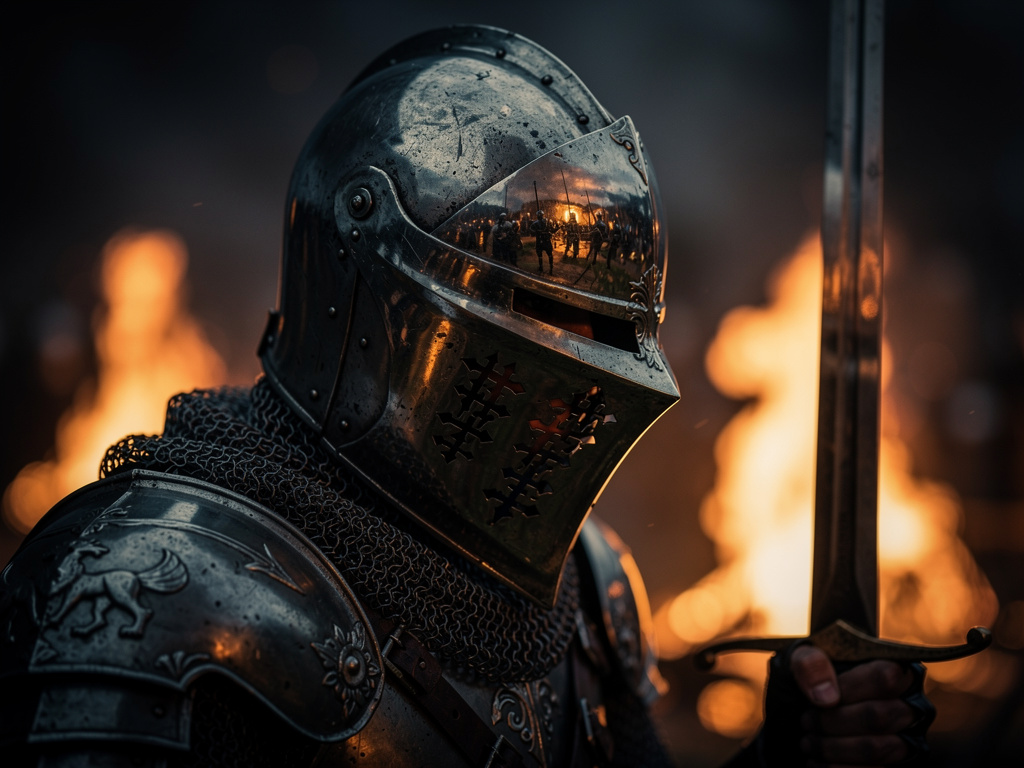Flux 2 Pro Text to Image
Input
You can type @{field} to reference a core field.
×Customize your input with more control.
Result
Your request will cost $0.03 for the first megapixel of output, plus $0.015 per extra megapixel of input and output, rounded up to the nearest megapixel. For example, a 1024x1024 image will cost $0.03, and a 1920x1080 image will cost $0.045 ($0.03 for first megapixel + $0.015 for the second megapixel). Similarly, a 512x512 output will cost $0.03 ($0.03 for0.25 megapixels, rounded to 1 megapixel)
Logs
FLUX.2 [pro] - Text-to-Image
Production-optimized generation with professional quality out of the box. FLUX.2 [pro] delivers studio-grade images through a streamlined pipeline that prioritizes consistency and speed over parameter tuning. No inference steps to configure, no guidance scales to adjust—just pure prompt-to-image conversion optimized for production workflows where reliability matters more than experimental control.
Built for: Production pipelines | High-volume generation | API integrations | Consistent brand outputs | Teams prioritizing speed over parameter experimentation
Streamlined Professional Pipeline
FLUX.2 [pro] removes generation complexity to focus on what matters: translating prompts into professional-quality images with predictable results. The model's fixed optimization delivers consistent output quality without requiring expertise in inference tuning.
What this means for you:
- Zero-configuration quality: Professional-grade outputs without tuning steps or guidance parameters. The model's internal optimization handles quality decisions
- Production consistency: Predictable results across batch generations make pro ideal for automated workflows and API integrations
- Fast iteration cycles: Streamlined pipeline prioritizes generation speed for teams moving quickly through creative development
- Flexible output formats: Choose between JPEG (optimized file sizes) or PNG (lossless quality) based on delivery requirements
- Reproducible generations: Seed control maintains consistency across variations without exposing low-level inference parameters
- Prompt enhancement: Automatic prompt upsampling refines instructions for optimal interpretation (enabled by default)
Advanced Prompting Techniques
JSON Structured Prompts
For precise control over complex generations, use structured JSON prompts instead of natural language. JSON prompting enables granular specification of scene elements, subjects, camera settings, and composition.
Basic JSON structure:
json{ "scene": "Overall setting description", "subjects": [ { "type": "Subject category", "description": "Physical attributes and details", "pose": "Action or stance", "position": "foreground/midground/background" } ], "style": "Artistic rendering approach", "color_palette": ["color1", "color2", "color3"], "lighting": "Lighting conditions and direction", "mood": "Emotional atmosphere", "composition": "rule of thirds/centered/dynamic diagonal", "camera": { "angle": "eye level/low angle/high angle", "distance": "close-up/medium shot/wide shot", "lens": "35mm/50mm/85mm" } }
JSON prompts excel at controlling multiple subjects, precise positioning, and maintaining specific attributes across complex compositions.
HEX Color Code Control
Specify exact colors using HEX codes for precise color matching and brand consistency. Include the keyword "color" or "hex" before the code for best results.
Examples:
`"a wall painted in color #2ECC71"``"gradient from hex #FF6B6B to hex #4ECDC4"``"the car in color #1A1A1A with accents in #FFD700"`
For enhanced accuracy, reference a color swatch image alongside the HEX code in your prompt.
Image Referencing with @
Reference uploaded images directly in prompts using the `@` symbol for intuitive multi-image workflows.
Usage patterns:
`"@image1 wearing the outfit from @image2"``"combine the style of @image1 with the composition of @image2"``"the person from @image1 in the setting from @image3"`
The `@` syntax provides a natural way to reference multiple images without explicit index notation, while maintaining support for traditional "image 1", "image 2" indexing.
